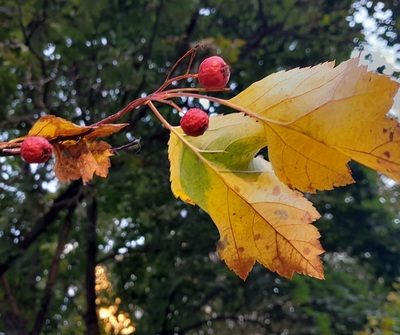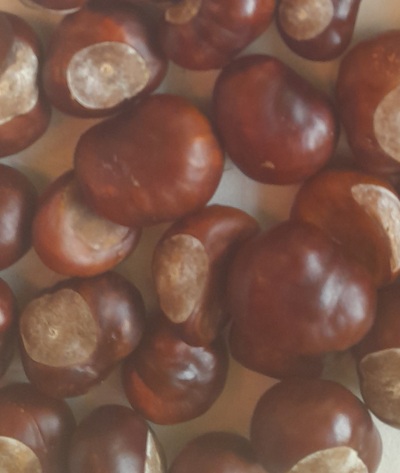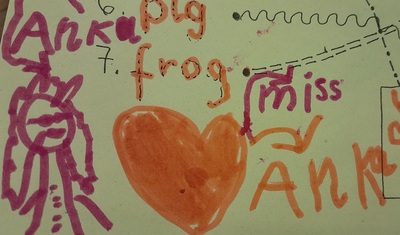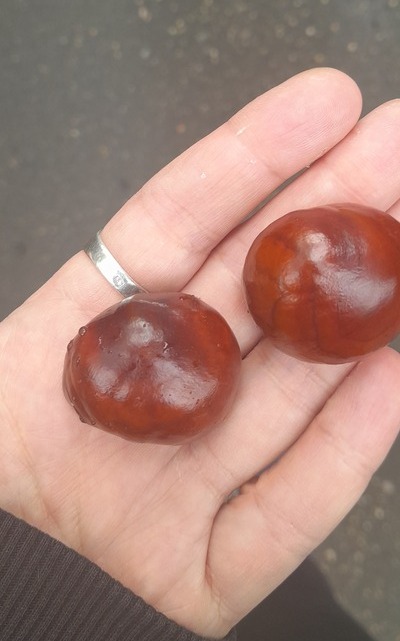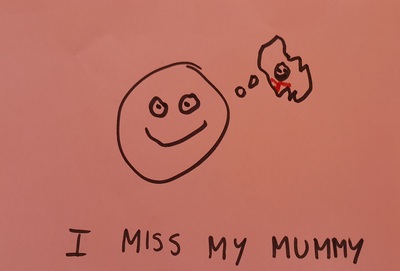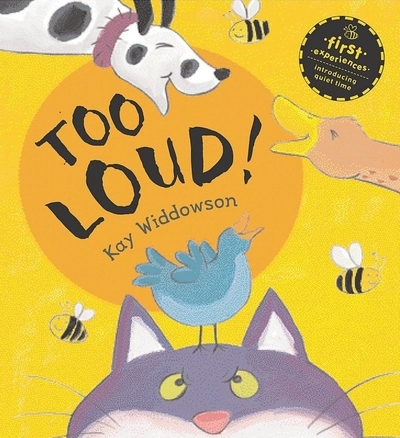
This is my September and New Groups Diary. Here you can find the previous episodes: week 1, week 2, week 3.
Starting the lesson…
…stays as before, no changes.

How do you feel today?
We continue to do our little chain reaction of the question – answer, from student to student and, on top of all the phrases, a few new lines appeared, too. First of all, someone suggested ‘I am everything’, which is an interesting albeit unconventional approach, and some kids picked up on it. I will have to come up with a flashard for that.
The other thing that happened, in one of the group, was a flurry of ideas to add to our set. One of the students asked for a piece of paper before the lesson, to create a card, some others got inspired and they ended up producing four or even five during the breaks. Apparently, what we needed (and I did not know!) is:
- I am feeling sick.
- I was sick.
- I want to stay home.
- I want to go to school.
- I am bad.
- I don’t know how I feel.
These cards are already ready, pretty and colourful. I just need to laminate them on Monday.

Songs
This week we have only added one song to our playlist, Let’s go to the zoo! and that is because, imagine that, on Wednesday we were going to the zoo, on a school trip. Accidental though it was, it made me realise that, actually, we are in a desperate need of some ‘we want to move’ songs, for some brain breaks for the lessons themselves or the in-between the lesson time. I am planning to introduce either Move or The Dance Freeze Song next week. They are going to love these and it is about time we learnt a few new verbs.
Actually, there is a lot of verb-related material this week as we also did Milo’s I like you in our English classes and our story was also verb-related as it was ‘Don’t eat the teacher‘ (see below for details).

Rules and Classroom Language…
…has stayed the same as before. We haven’t been in need of any new rules. The kids have improved overall and they know all the rules and they help me revise them in a more efficient way right now. So far I have been giving them the first half of the sentence, together with the gesture (‘I have…’) for the kids to add the key word (‘a question’). Right now, they know all of them and can recreate them when I demonstrate the gesture. On Thursday, I also happened to forget one of the rules and one kind soul reminded me (and us) about it, too.

Rewards chart and Time..
…have seen no changes whatsoever. We are just using what we have introduced.

Story
This week is a week of verbs (see above) and since we have reached the end of the first full week of classes, I have decided to introduce a school story, one of my favourites is ‘Don’t eat the teacher’ by Nick Ward.
We have:
- done the vocabulary
- introduced the main character, Sammy, the shark, talked about the cover picture and the little problem that Sammy, the shark has (biting things when he gets too excited (although we used the word ‘energetic and happy’ because these are the words we know)
- watched the story
- done an activity with matching the sentences with symbols, ‘don’t’ with different verbs
- and a similar activity on a handount
I really wanted to add the structure to our set of verbs, on top of ‘I like to do’ that we had from the song. I am also planning to reinforce the ‘let’s’ from the song and to practise both, as they will be very useful in the classroom. Overall, I am happy with the story but I don’t think I will use the video again. We have the paper storybook somewhere in the school library and this will be a much better choice as with the paper, the teacher can control the language, the pace and the audio, the emotions and the understanding.

Socialising
These are the things we did in the previous week to faciliate the community building:
- We continued doing everything we have done so far: making decisions, choosing songs and activities, helping with the resources, student – student interaction.
- The biggest event of this week was the trip to the zoo and, for one of the groups, a trip to the park during the science lesson to look for different types of plants. First of all, it helped us create some memories, as a group and we definitely had a chance to be a group, to listen to the rules, to remember about behaving well. Everything went well and I was very happy and proud of everyone.
- This week was the first week in which we were working with our big notebooks. We have one for all the subjects and we use them to glue in all the handouts, to take notes (yes, we have started) and to work on all the tasks. I have already noticed that the kids enjoy looking back and checking what has been done so far. One or two have already decided to add some bits and pieces to the previously completed handouts and drawings. The kids who were absent were also curious to look at the work that we have done during the days they missed, in order to catch up. I decided to check all of these at the end of the week and leave little notes and comments.
- We also did an interview game, to practise all the basic questions we have done so far, with all the kids interviewing ‘the new student’ and, during the Maths lesson, we were measuring ourselves and that also required a pairwork, so that the kids could easily read the measurements for their partner. Otherwise, it is very difficult to see how long your nose is or your mouth. This went really well and we had lots of fun!

Creativity
We have had some opportunities for creativity in this week, too!
- We created a picture of an unusual plant and we labelled it properly with all the part plants. We watched a video from youtube and talked about the plants and their resemblance to what we know. Afterwards, we revised all the plant parts and I wrote them on the board and that helped me create my Coffee Plant, with leaves, roots and coffee cups in lieu of the fruit. Afterwards, as a group, we brainstormed some ideas for the kids’ plants and hey ho, they were on the right path. We did it in the notebooks and ‘the handout’ was only a small piece of paper glued in by me before the lesson, with the list of plant parts to use as a checklist in the end of the activity. I might actually put it all into a separate post later on. Fingers crossed!
- During our zoo trip I was also the designated photographer and the photos will be used in a whole class project next week. There is more to come!

Teacher
This is only very much Anka-relevant and it might not work or be important for all the other teachers in the world. I decided to take a note here, though, to remember and to see how these things will be changing because they also affect how we work as a group and how I feel, too.
- I am very happy because everyone is a tiny bit better at writing. Our handwriting booklets are filling up since we are already at T and all of my kids are better at dealing with this slot of the lesson. Something that was a huge challenge for some of my kids is not just a part of the lesson. Some of the students are working ahead of the group, since they are faster and already have a good handgrip and I am ok with that. Three have completed the whole booklet already and they get a tiny little break while we are working. I was thinking what to do about it and I decided to leave it as it is. It will be only a week more for us, to get to Zz and afterwards, we will all be on the same page again.
- Even the kids who are beginners as regards English started to be more attentive and more productive, at least as regards the repeated parts of the lesson. They get a lot of langauge from the songs, too and it is really good to see. Everyone works very hard in Maths and Science and I cannot tell you how happy I was when on Thursday we did our first ‘copy and finish’ activity in English and everyone (but everyone!) took notes about themselves: I am Anka, I am 100. I am happy. I like cats. I’ve got a brother. Beyond happy, that’s what I was.
- This was not a tantrum free week, far from it but I noticed that I am better at dealing with them and that also my students are making an effort to try to control their emotions, hard as it may be in some cases. There is hope, basically.

Coda
The ghastly month of September is coming to an end. ‘Wake me up when September ends’ the Greenday sings and this day is today! Hooray.
I will continue keeping notes on everything we do and I will add another post in a month, to see where we are with my kids! Until that day then! Happy October to all of you!
Happy teaching!
